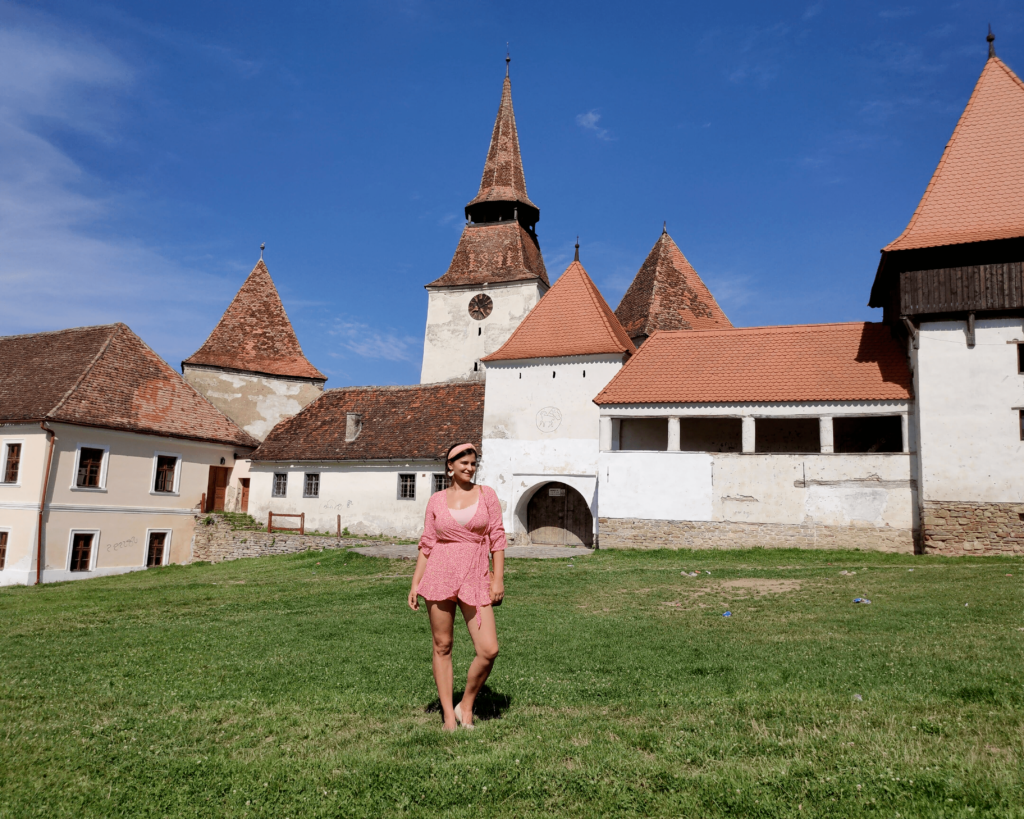SHARE
INFO
- DATE: 09-10-2020
- PLACE: Transylvania
COUNTRY OF PROVENANCE

Romania
RELATED ARTICLES
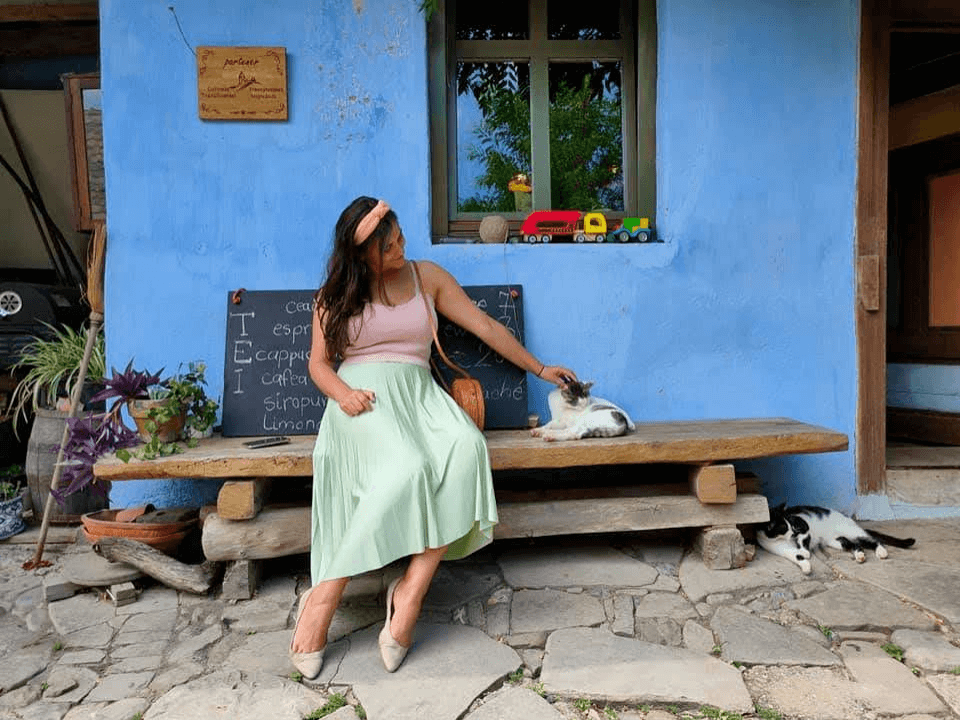
Love for Transylvania – Iulia from Bucharest, Romania
I am Iulia, I live in Bucharest but my love is for the Saxon villages of Transylvania, where time seems to have stopped.
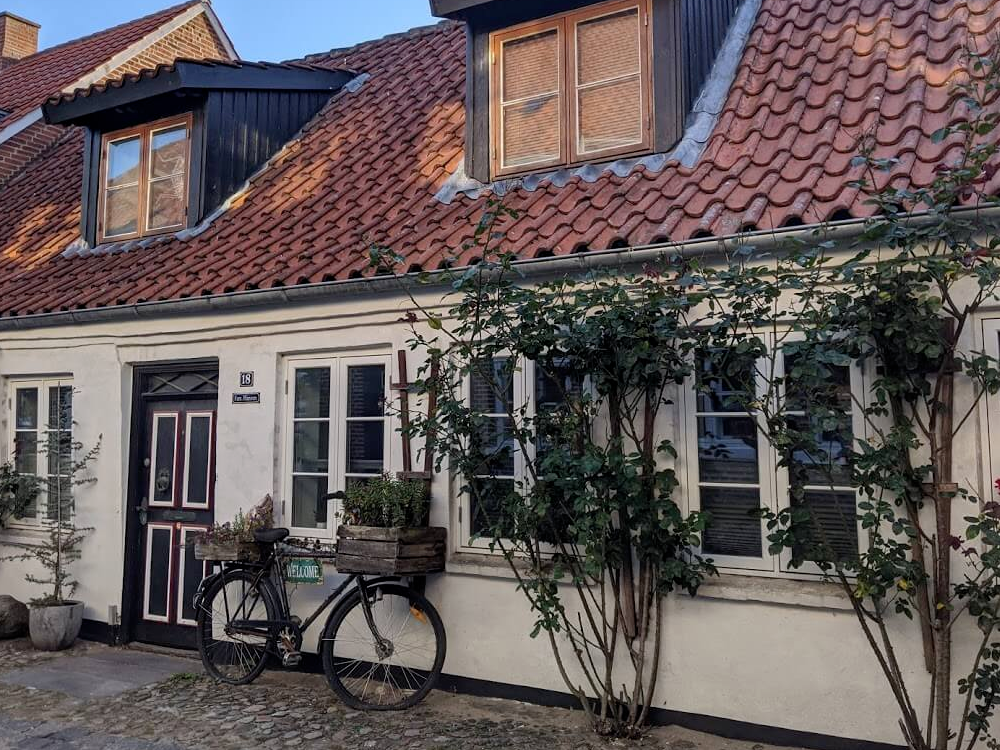
Hygge or happiness in Denmark
During our on-the-road trip in Denmark I found a beautiful word: hygge, a sense of warmth, intimacy, a door to happiness.
The village of Richis
Iulia around Transylvania, Romania
My first post is about the village of Richis, the very first Saxon village that I ever visited, thanks to an organised tour by the Transylvanian brunch initiative.
The village of Richis, Rechesdref in Saxon dialect, Reichesdorf in German and Riomfalva in Hungarian, is located in the heart of Transylvania, close to the medieval towns of Sighișoara and Mediaș. One must bear in mind that when traveling to these villages, interaction with people speaking at least one of the 3 languages is guaranteed, as the place was and still is inhabited by these groups.
The village was firstly documented in 1283 and was one of the richest communes in the area. Its name, Richis – rich/wealthy, suggests that back in the days it was a rich and wealthy Saxon settlement. Before being inhabited, the place was swampy, inhospitable and taken over by wild birds and animals. In memory of those times, the village’s coat of arms depicts a white heron walking through an infinite pond, under a starry night. Nowadays, Richiş is the village with the greatest cultural diversity in Romania: 12 nationalities in a place inhabited by only 700 souls.
The church
The fortified church of Richis is 500 years old and was firstly built as a Cistercian abbey (it housed a monastic order). Between 1540 and 1550, the evangelical religion was imposed on the people of Richiş and the church was eventually exposed to the mandatory architectural transformations. Since the evangelical religion implied rigurosity and simplicity in its architecture, the local Saxons wanted the church to have the whitest and cleanest walls possible. In order to do that, they lime washed its interior each year and after a while, the lime layer on the walls grew as thick as a finger. Eventually, in 1957, when the new priest arrived in the village, he mobilized all the locals to clean up the old lime from the walls, which revealed the beautiful early Gothic motives.
Sculptures and the Green Man
One thing I noticed when visiting the church, is that it distinguishes itself via many sculpted elements from other fortified churches. As a matter of fact, no other church in Transylvania boasts a richer repertoire of keystones such as this one. Its interior abounds in unique motives of animals, vegetation and grotesque human faces which seem to bear the burden of keeping up the ceiling of the church.
The most captivating is, by far, the figure of the “Green Man” seen in various stances, the “little devils” as Mr. Schaas, the local church’s key keeper calls them. Originally, the Green Man was a pagan God. Its figure is illustrated in many churches as a symbol of vitality, land fertility and the return to nature. It is likely that the locals from Richiş used the image of the Green Man to illustrate soil fertility. Also, interestingly enough, nowadays one can support the preservation of the old organ – that dates back to 1788 – by adopting, on paper, one of the pieces of the organ.
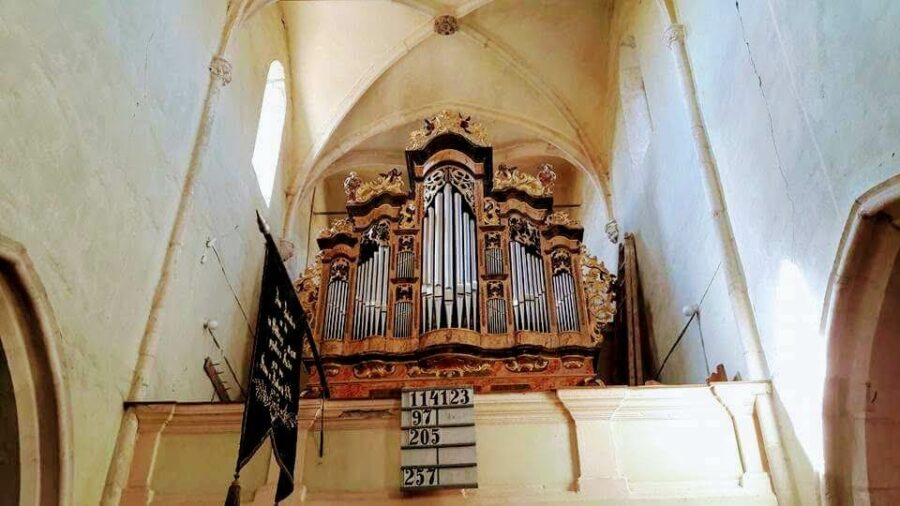
Village revival and community development
In the ‘90s, following the fall of communism, the Saxons from the village moved to Germany for work. Thus, under a repatriation program financed by the German government, the German speaking population that was fleeing the Eastern flank of Europe, would get the chance for better life conditions. The village was left empty and doomed to become a ruin. However, in time, a group of people, mostly outsiders, understood how beautiful the village was, looked beyond its poor appearance, and got involved in its revival and community development.
An important presence in the village back in the 90’s was the Timmerman family, Tony and Gerrit. The Dutch couple fell in love with the place, moved to Richis a long time ago, and decided to make Transylvania more than their holiday destination. They are the mainspring for the local community development and economic stimulation, as they operate the main bed-and-breakfast in the village. After renting the old parish house and transforming it into a 6-room pension in 2010, they made it available to the public along with a camping area.
More people involved
Not just foreigners have moved to Richiș. Paul Hemmerth was born in the nearby town of Medias, and at the age of 14 he moved to Germany with his parents. He returned to Romania in 1997, failed to recover his former home from the center of Mediaş, but bought some houses in Richiș. Previously, he had worked as a guide and travelled the entire word, but moving to Richiș proved to be a good idea, both for him and for the Richiș community. He restored one of the houses, called casa Noah where he promotes ‘slow travel’ – long stays where he encourages people to interact with the locals, with interest and openness.
Christian Rummel, a German carpenter and journeyman from Bavaria, settled in Richiș during his apprenticeship journey, took over a 300 years old house and the former carpentry shop next to it. He restored them in a traditional way, as they used to be back in the days, and now lives there with his wife and kid. In the atelier he can now restore and build wooden wheels and perform other carpentry-related activities that made him one of the most sought-after carpenters in the area. He worked on the restoration of many fortified churches in Transylvania, including Biertan (the most famous fortified church in Transylvania), thereby contributing to the architectural safeguarding of the area.
Another special mention goes to Mr. Schaas, one of the few Saxons left in the village, the key keeper of the fortified church, who introduced us to the history of the place. He is one of the most eloquent guides I have ever met, a living legend that keeps the story of the Saxon times alive, and a master of storytelling that would make even J. K. Rowling jealous. He will surprise you with a detailed presentation of the village’s history and an intriguing display of the church’s architectural elements.
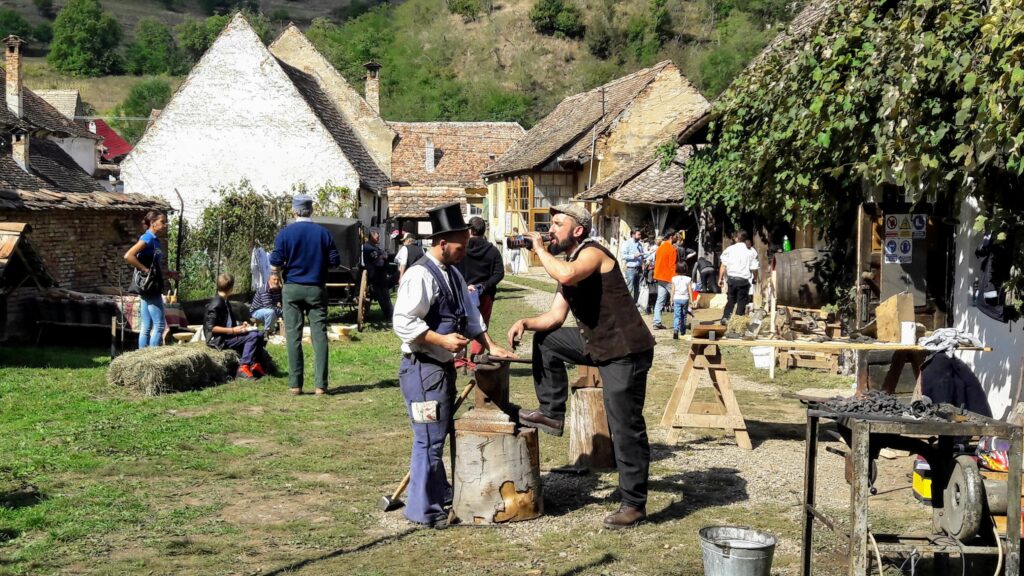
Whole Village Project
In terms of entities that supported the community development and the village revival, there is the Mihai Eminescu Trust Foundation (MET). MET, whose patron is Prince Charles, is dedicated to the conservation and regeneration of villages and communes in Transylvania and Maramureș, two of the most pristine regions in Europe. By using local resources, human know-how and techniques, through the Whole Village Project, the foundation aims to adopt an entire village community, assessing its various problems and needs and identifying integrated solutions.
This integrated project aims at revitalizing rural communities and improving local livelihoods through the sensitive use of their remarkable natural and cultural heritage. The “whole village project” is implemented in total in 7 villages. Thus, according to Mihai Eminescu Trust’s philosophy, a village becomes “whole” after 3 types of activities are implemented: the restoration of the cultural heritage, the development of the local entrepreneurial skills and the development of sustainable cultural tourism. MET has started such a project in Richiș as well and it can be followed on the foundation’s website.
Subscribe to the newsletter for more stories!
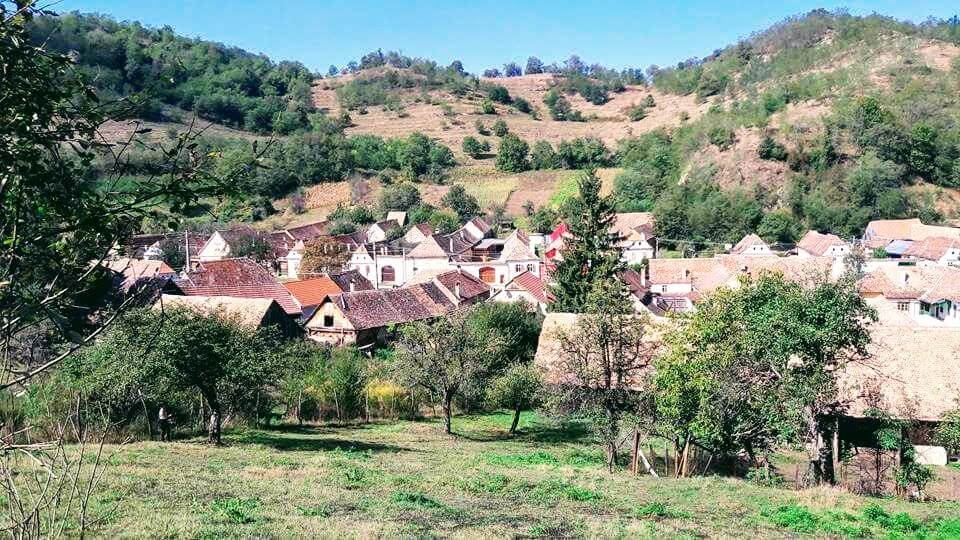
Who I am
I’m Iulia, half Transylvanian born, based in Bucharest, with a background in political science. My passions are architecture, cooking, and quaint Saxon villages in Transylvania, rich in fascinating baroque architecture, unique fortified churches, and magnificent landscapes, where time often seems to have been standing still.
Caminante no hay camino, se hace camino al andar! (“there is no path, you make the path as you go”) is my favourite motto. I’m sometimes a work in progress and speak 5 languages.
